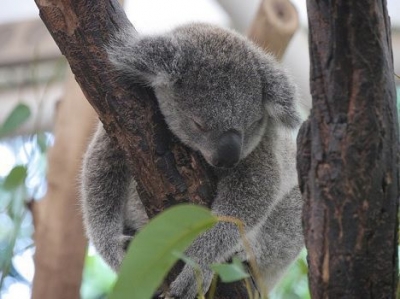
Did you know some animals sleep through summer? This is called aestivation. The equivalent during the winter months is hibernation, which you may be aware of. But humans neither aestivate nor hibernate. Some molluscs (e.g. Spanish snail), fish species (e.g. African lungfish in picture), reptiles (e.g. North American desert tortoise) and amphibians (e.g. waterholding frog) spend hot or dry period in a prolonged state of torpor or dormancy. They do so to avoid damage from high temperatures. They have to conserve energy, retain water in the body and ration the use of stored energy during aestivation. Animals that aestivate go through almost the same physiological processes as those that hibernate.
For going into hibernation or aestivation, animals go through the pre-preparation stage, where the animals store enough of food and water which may last for the long duration, but generally, the food is stored in the form of fat, which provides energy to survive.
These sleep proceeds gradually, as the metabolic activity, hearts beat and breathing rates also slows down. The electrical activity in the brain though stops, but still, the animals respond to stimuli such as sound, light, and temperature.
Picture Credit : Google

